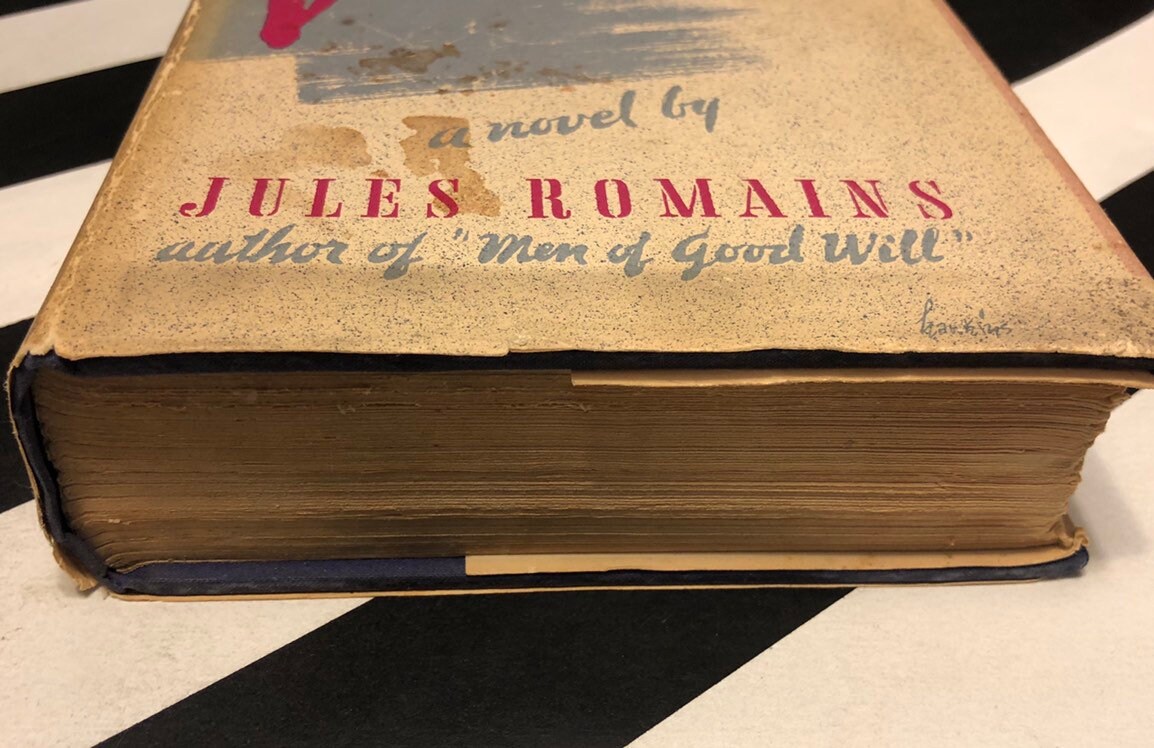

And then, when the widow asks Tom up to her hotel room, Tom blunders again and accepts. He uses a memory of another man, in another town, in an effort to comfort a woman who is almost certainly a widow. Though he’s seen priests deal with relatives with compassion and honesty, Tom blunders when Sarah Hagen asks if he’s ever met her husband, Lee, while Tom worked with the American medics. Dealing with the bereaved is a special job. While at Fleury, in 1921, Tom is asked to escort an American woman who is still looking for her husband, who disappeared in 1917. The teenage Tom then spends years scrapping as a war orphan before he gets a job recovering skeletalized remains from old battlefields in what is still known as the zone rouge, the Red Zone. Tom is abandoned near Fleury when his father dies of typhus. His mother had just died and his father scooped him up, only to take Tom along when he joins up with an American ambulance unit. Tom Combs ended up France in the middle of World War I in unusual circumstances. When he reconnects with a man he met in the early 1920s in Italy, Tom begins to recall the woman he fell in love with and the lies he told her that he still regrets. But even though we meet our protagonist in 1950, it’s clear that Tom Combs is still haunted by something. This novel takes place in the aftermath of the war, decades and a continent away from the last shot fired. Nick Dybek’s The Verdun Affair turned out to be a perfect choice to read on the centennial of the end of World War I.


 0 kommentar(er)
0 kommentar(er)
